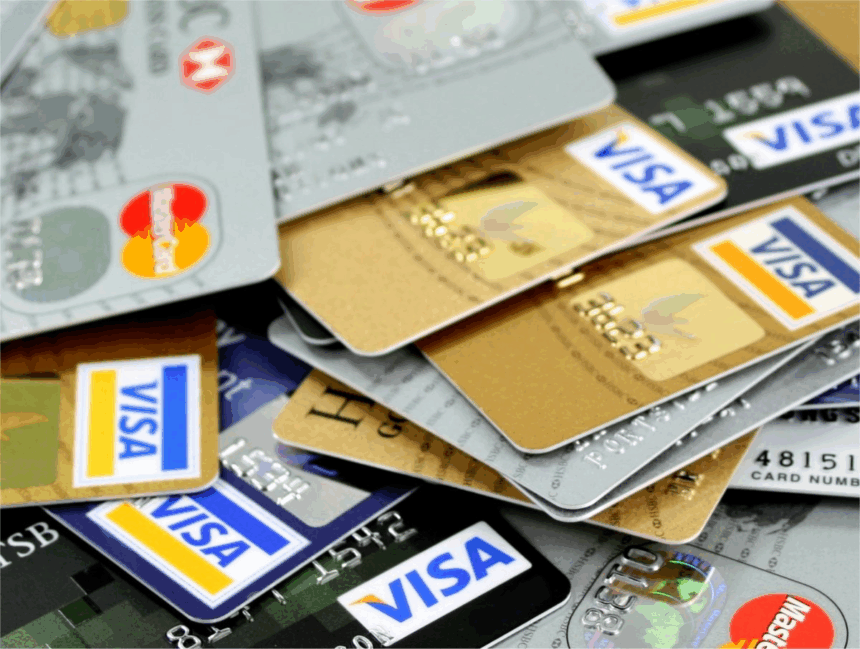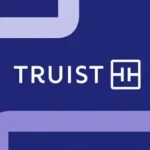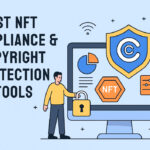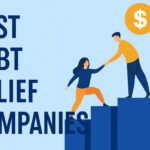In this article, I will focus on how to pay off credit card debt both effectively and efficiently. Understanding how to manage credit card debt might seem daunting, but with the right approach, it is absolutely attainable.
You will discover straightforward ways to lower your balances and regain control over your finances, whether through balance transfers, budgeting, or debt consolidation.
key Points & Best Way To Pay Off Credit Card Debt List
| Method | Key Point |
|---|---|
| Debt Snowball Method | Pay off the smallest debt first to gain motivation and momentum. |
| Debt Avalanche Method | Focus on highest-interest debt first to save money on interest. |
| Balance Transfer Credit Card | Transfer debt to a card with 0% intro APR to reduce interest temporarily. |
| Debt Consolidation Loan | Combine debts into one lower-interest loan for easier repayment. |
| Increase Monthly Payments | Pay more than the minimum to reduce balance faster and cut interest. |
| Create a Strict Budget | Track spending and allocate more funds toward debt payments. |
| Use Windfalls Wisely | Apply bonuses, tax refunds, or gifts to pay down debt quickly. |
| Cut Unnecessary Expenses | Reduce non-essential spending to free up cash for debt repayment. |
| Negotiate Lower Interest Rates | Contact your credit card issuer to request a lower APR. |
| Credit Counseling/DMP | Work with professionals for a structured Debt Management Plan (DMP). |
10 Best Way To Pay Off Credit Card Debt
1.Debt Snowball Method
The debt snowball method concentrates on clearing your smallest credit card balance first, and thereafter tackling the rest in incremental order of size.
As you keep clearing debts, momentum builds to tackle the next. While this approach may not save on interest the most, it is emotionally encouraging and greatly motivates continued progress.
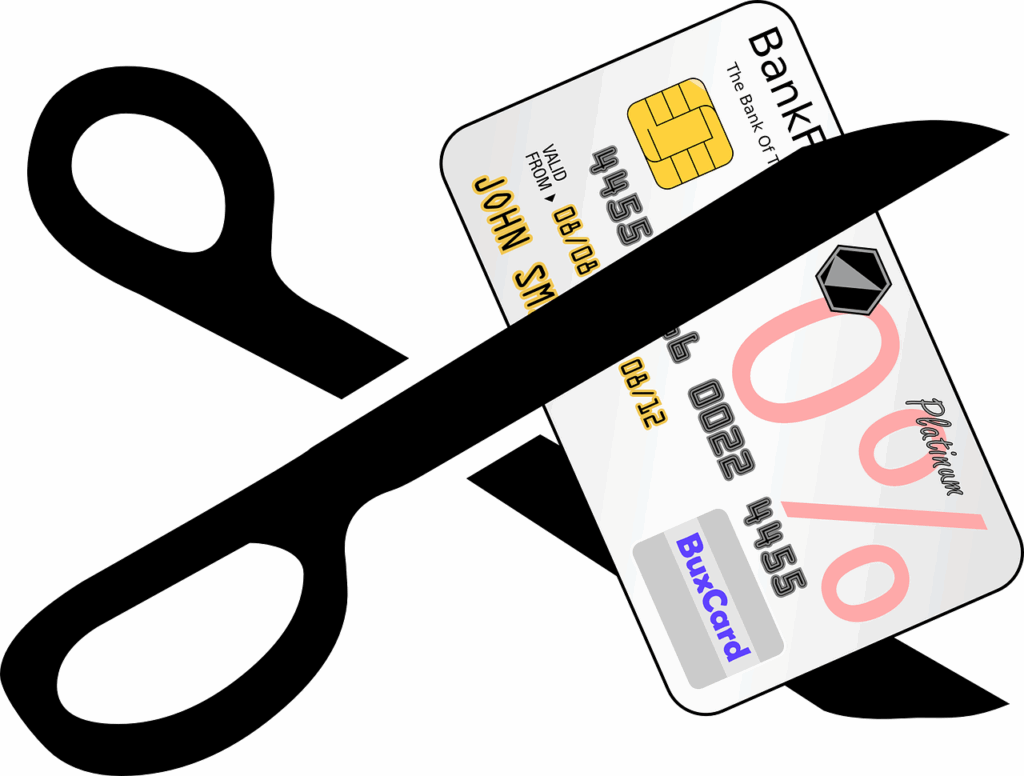
Best for those who struggle with long-term plans, the snowball method brings about a feeling of accomplishment and cultivates better financial behavior over time, which ultimately allows for real debt freedom.
Features Debt Snowball Method
- Prioritizes paying off debt that has the smallest balance first.
- Achieves momentum and motivation with early successes.
- Helps to foster positive financial habits in the long run.
- Best for users who require psychological boosts to maintain pace.
2.Debt Avalanche Method
This strategy focuses on minimizing interest expenses. To execute the debt avalanche strategy, you concentrate on the highest interest card first while making minimum payments on the other cards. After you eliminate the highest-rate card, move to the next one in the priority of interest rates.
This method might seem less effective in the short term as progress will take longer to become noticeable, however, it will yield greater long-term savings.
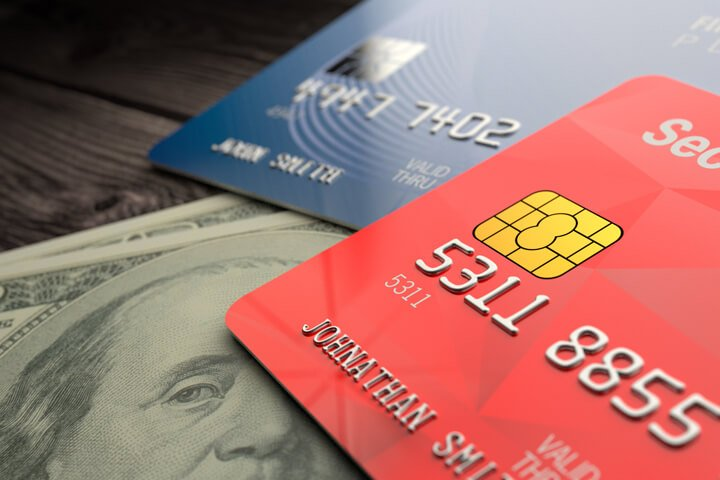
It is an effective method for those who are best motivated by numbers and want to minimize the overall cost. The results may not be as immediately satisfying as with the snowball method, but the overall effect for those motivated primarily by interest cost is superior.
Features Debt Avalanche Method
- Focuses on highest-interest debt to maximize savings.
- Reduces the overall amount of interest paid over time.
- Takes a while to see progress requiring more patience.
- Ideal for those who are strategic and financially disciplined.
3.Balance Transfer Credit Card
A balance transfer is shifting your credit card debt to a new card which offers a low or 0% introductory APR. This can eliminate interest for a limited time which enables a greater portion of your payment to lessening the principal debt.
These offers are typically valid for a period of 6 to 18 months. Paying off the balance in full during this timeframe can result in substantial savings.
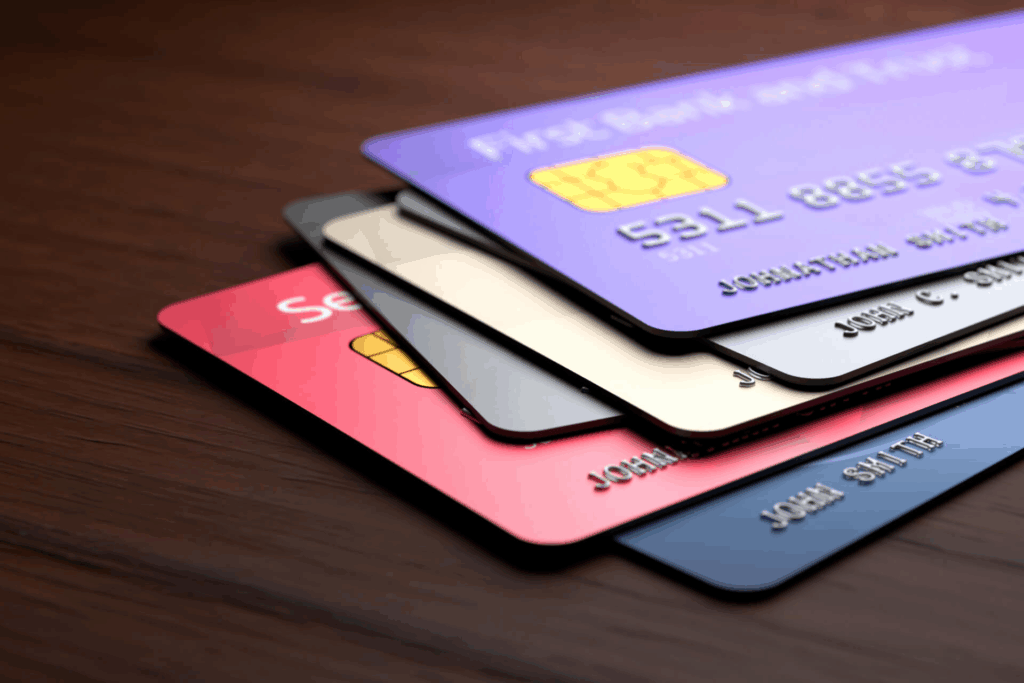
Balance Transfer offers have associated fees including a flat fee or percent fee on balance as well as accruing interest if not paid off in time. This method is useful for good credit holders, who are willing to take risks for high returns.
Features Balance Transfer Credit Card
- Low/0% Introductory APR: A good number of balance transfer cards offer a promotional 0% interest rate on transferred balances for a set period of 6 to 21 months.
- Transfer Fee Applies: Most cards charge a transfer fee of 3-5%, which should be considered in your overall return on investment of using the card.
- Credit Score Requirement: Generally requires a good to excellent credit score to qualify for the best terms and rates.
- Time-Sensitive Tool: If the balance is not paid off in full before the promotional period ends, the card will default to a standard high APR for the remaining balance.
4.Debt Consolidation Loan
With debt consolidation, several credit card debts can be merged into one loan with a lower interest rate. This reduces the interest paid, and repayment becomes uncomplicated. Personal loans or specialized consolidation loans are typically used for this.
Having one fixed monthly payment makes it easier to manage finances and stay on track. However, good credit is necessary to qualify for a favorable rate.

Consolidation can make debt repayment easier and less stressful if done correctly, but it’s crucial not to accrue new debt on cleared credit cards during the repayment period.
Features Debt Consolidation Loan
- Single Fixed Payment: All of these debts are better managed since they are consolidated within a single fixed monthly payment.
- Lower Interest Rate Potential: Credit cards often charging higher rates, these loans can provide a lower cost and rate thus reducing interest expenses over time.
- Credit Impact: There is a hard inquiry needed and new account which alters your credit mix which affects your credit score temporarily during these changes.
- Repayment Timeline: They often span 2 to 7 years, giving an ideal disciplined long term structure.
5.Increase Monthly Payments
An effective method of addressing credit card debt is through elevating the level of monthly payments made toward it. Paying more than the minimum allows you to cut down the balance quicker, therefore saving interest over time.
Reducing your spending and exercising self-control might be needed in other areas, but even a slight increase every month can translate into lasting impact during the long term.
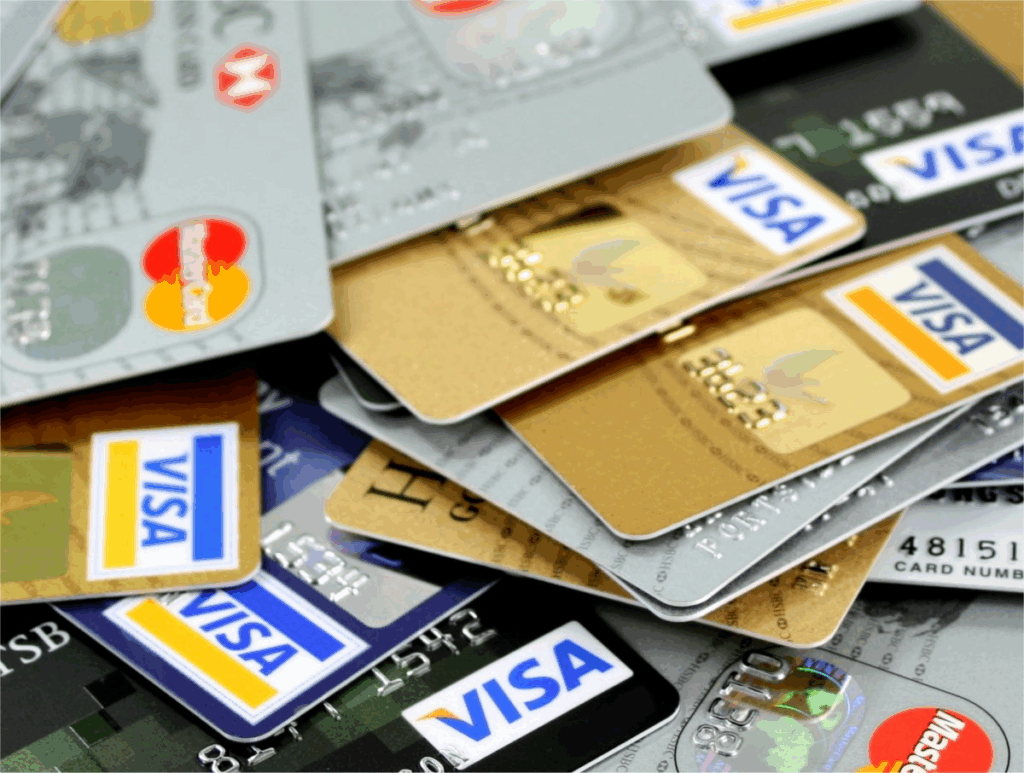
Easing the effort required to automating additional payments or rounding to the next hundred figure can help too. This is a simple approach relying on the desire and commitment to decreasing debt while expense prioritizations in the budget enable spending less cash than required.
Features Raise Monthly Payments
- Cuts Down Interest Charges: Exceeding the minimum payment allows for faster reduction of the principal, leading to less interest paid.
- Achieve Debt-Free Sooner: Achieves major milestones like months or even years earlier saving significant time on your repayment journey.
- Sticks to a Plan: Requires work over time, along with trade-offs from other spending categories.
- Enhances Credit Utilization Ratio: Improving credit score by reducing credit usage ratio through lowering balances is beneficial.
6.Create a Strict Budget
A successful debt payoff plan always starts with having a strict budget in place. Drawing up a budget and listing your income and expenses will show you how your money flows. From there, set aside a definite amount for payment toward the debt you owe.
Eliminate any discretionary spending and follow your plan to the letter. Achieving your budgeting goals means you are in control of your finances and are not overspending.
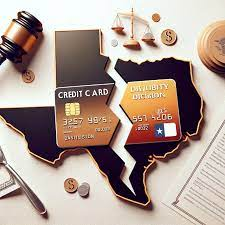
A budget will also help you identify things that you don’t need and use those funds to pay off the debt much faster. You can easily find tracking tools and apps that will help you remain accountable to your debt repayment plan for the long haul.
Features Develop a Tight Budget
- Tracking Expenses: Aids in tracking each and every rupee spent, enabling an easier identification for money locations.
- Assigns Importance: Directs funds towards needs and debt obligations before allowing any discretionary spending.
- Supports Spending Control: Strengthens positive behaviors that are aimed to reduce overall spending.
- Customizable Structures: You can employ the 50/30/20 or zero-based budgeting strategies so long as they fit your lifestyle.
7.Use Windfalls Wisely
It’s best to use any unexpected cash a person might come across like tax refunds, work bonuses, or any gifts which is unexpected, to pay off credit card debt instead of spending on random wants. Utilizing windfalls while paying down debt can make a significant difference.
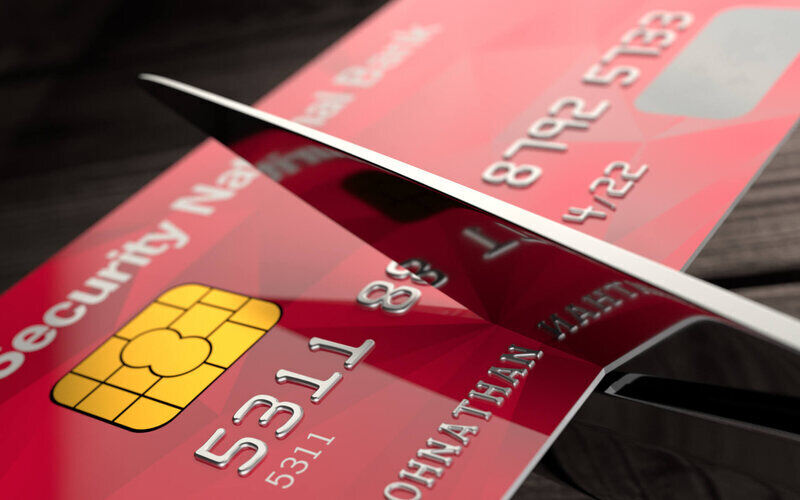
This strategy takes discipline because it is easy to spend unexpected cash on random things, however, using it on debt payoff speeds up the amount of time till complete financial freedom is achieved.
Features Manage Sudden Inflows of Cash
- Fast Tracked Debt Reduction: Significantly decreases balances with bonuses, tax refunds, or gifts.
- Counteracts Inflationary Lifestyle: Protects the common mistake of increasing spending alongside additional income.
- No Added Burden Monthly: Significantly reduces debt while incurring no additional monthly costs.
- Motivational boost: Motivation levels boost along the journey seeing decreases from lump sum payments.
8.Cut Unnecessary Expenses
Reducing non-essential expenses can put you in a position to pay off credit card debt more effectively. Consider dining out, subscriptions, and entertainment-related spending. Rather than using these for entertainment, put that money towards paying your debts.
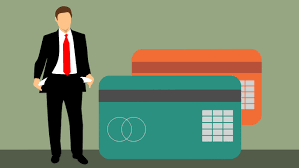
The savings of canceling a streaming service or making coffee at home add up over time. While commitment is required, changing mindsets can help revive the debt elimination journey. Along with a solid budget, expense cuts can have a huge impact, facilitating long-term peace of mind.
Features Stop Spending Money on Things That aren’t Important
- Boost Cash Flow Immediately: Unlocks funds that can be used toward mortgages or loans.
- Promote Mindful Spending Habits: Encourages differentiating between necessities and luxuries.
- The Strategy is Scalable: From small daily changes, like coffee and subscriptions, to larger ones like moving into a smaller house.
- Helps Increase Financial Flexibility: Eases budget strain and provides more leeway to handle unforeseen expenses.
9.Negotiate Lower Interest Rates
Contact your credit card company and request a lower interest rate. They might be willing to lower your APR if you maintain a good payment history or if your credit score has improved. With a lower rate, more of your payment can go toward principal instead of interest, allowing you to pay off debt faster.
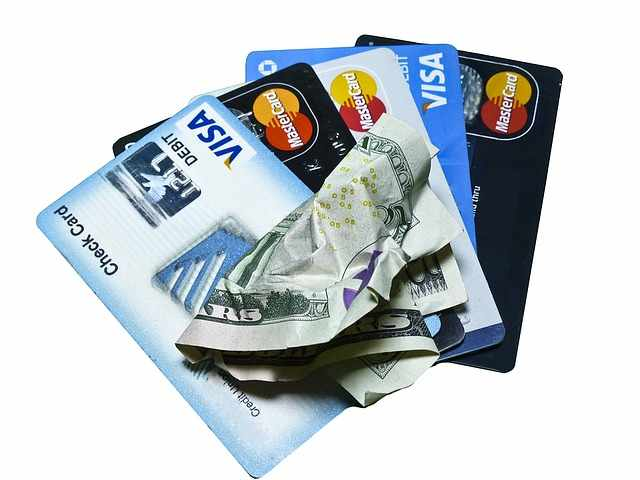
It helps to ask, and even small reductions have a positive cumulative impact. Be nice, prepared with reasons, and if needed, mention other offers. This is a fast and often disregarded approach that can meaningfully lower your repayment amount in the long run.
Features Reducing Interest Rates on Existing Accounts
- Total Amount Spent Reduces: Spending less on interest while using a lower APR means less money used overall.
- A Simple Request: Many creditors may offer lower rates with good payment histories.
- Monthly Affordability will Improve: Often, monthly payments are lower too.
- No New Credit Cards or Loans Required: There is no need to get a new account or loan.
10.Credit Counseling/DMP
Credit counseling is best described as working with an expert in the field. This will aid you in customizing an approach to manage and eliminate your debt.
They might suggest a Debt Management Plan (DMP) whereby you pay one monthly payment for the counseling agency to settle with your creditors.
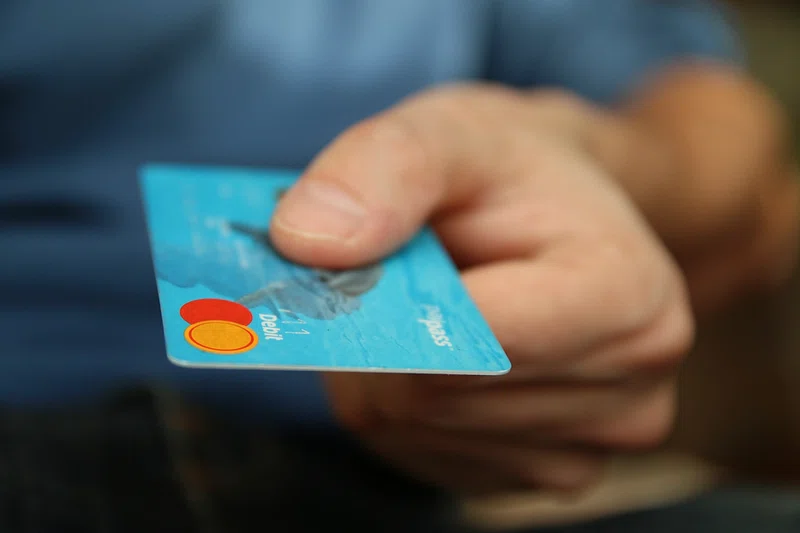
DMPs usually have an associated decreased interest rate or fee waivers. Alongside this service, educational materials, support with budgeting, and counseling for emotional management is available. Remember to use a non-profit accredited organization.
This is preferable for people that don’t know where to start from and are feeling overwhelmed. It offers a step-by-step approach to achieving debt freedom with time.
Features DMP – Debt Management Plan /Credit Counseling
- Better Help: Trained counselors will devise a strategy tailored to you.
- Streamlined Payments: DMP takes multiple debts and simplifies them to one monthy payment made to the counseling agency.
- Interest rate cuts are possible: Counselors often negotiate with creditors for sub math rates or no fees.
- Impact on Credit Score: Joining a DMP might have an initial effect on your credit, however, the long-term effects are beneficial with consistent payments over time.
Conclusion
In conclusions The most effective way to eliminate credit card debt involves a combination of approaches: focus on paying down the highest interest balances first, increase the minimum monthly payments, and adhere to a strict spending plan.
Spendable income should be maximized, expenses streamlined, and balance transfer or loan consolidation tools explored. Discipline and consistency will pay off the debt faster and more efficiently while improving long-term financial well-being and credit rating.
FAQ
What’s the fastest way to pay off credit card debt?
Pay more than the minimum, focus on high-interest cards (avalanche method), and use windfalls or extra income.
Is a balance transfer card a good idea?
Yes, if you qualify for 0% APR and can pay off the balance within the promo period.
Should I take a debt consolidation loan?
It can help if it offers lower interest and simplifies multiple payments.


